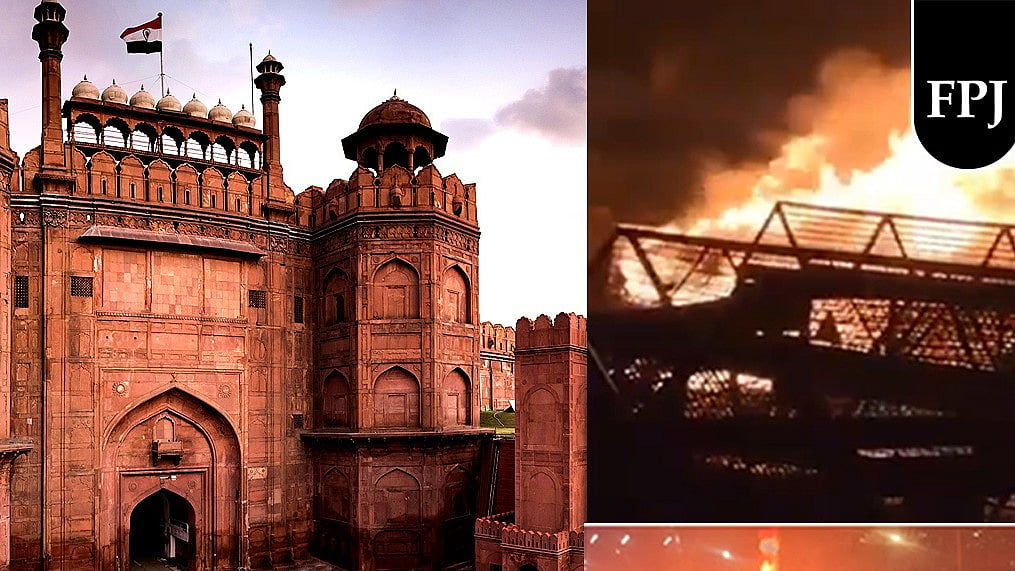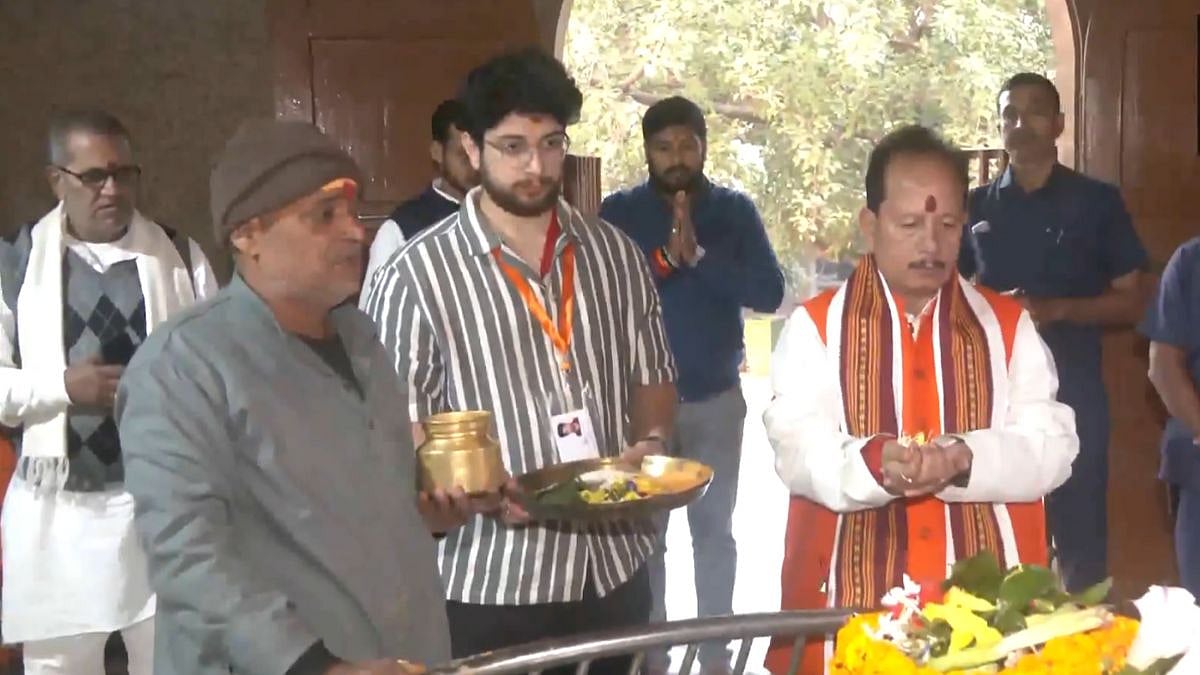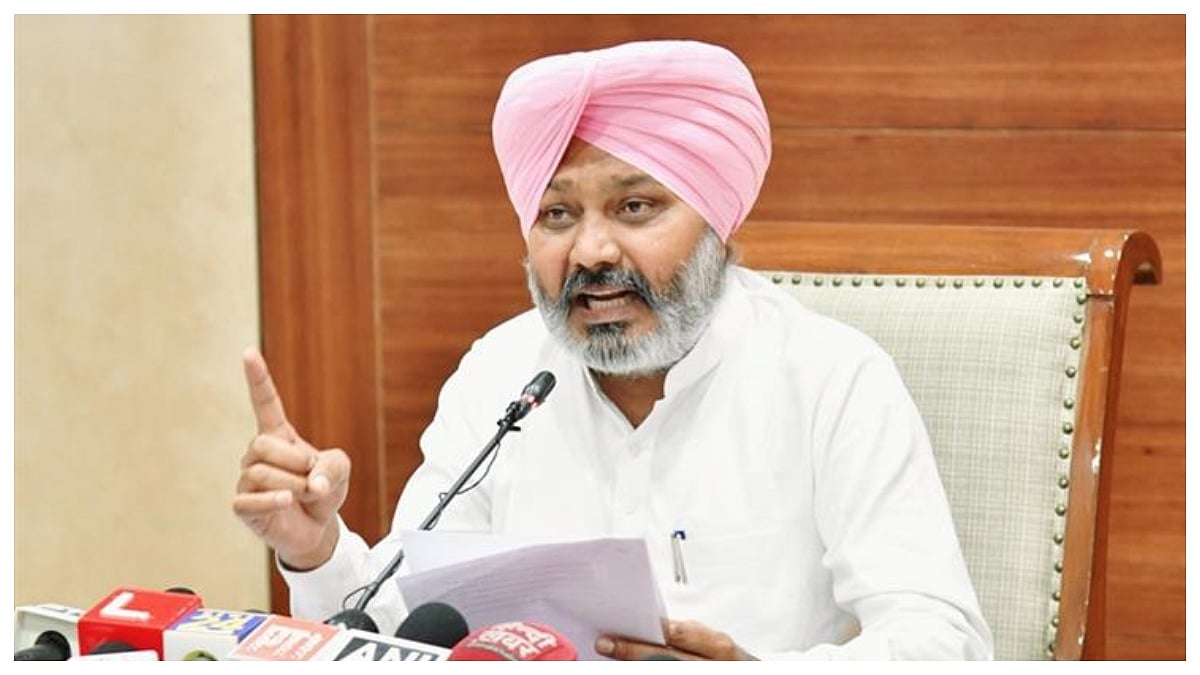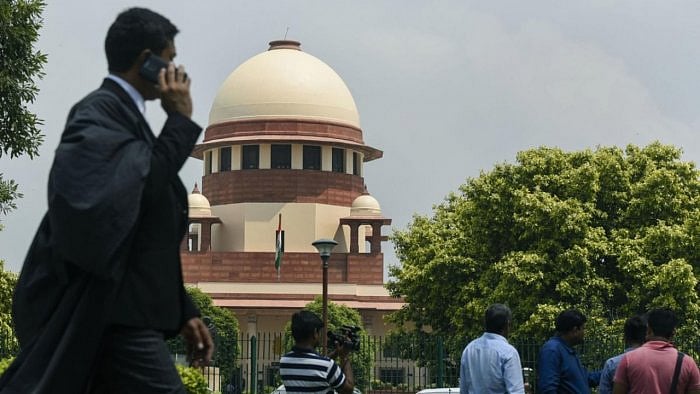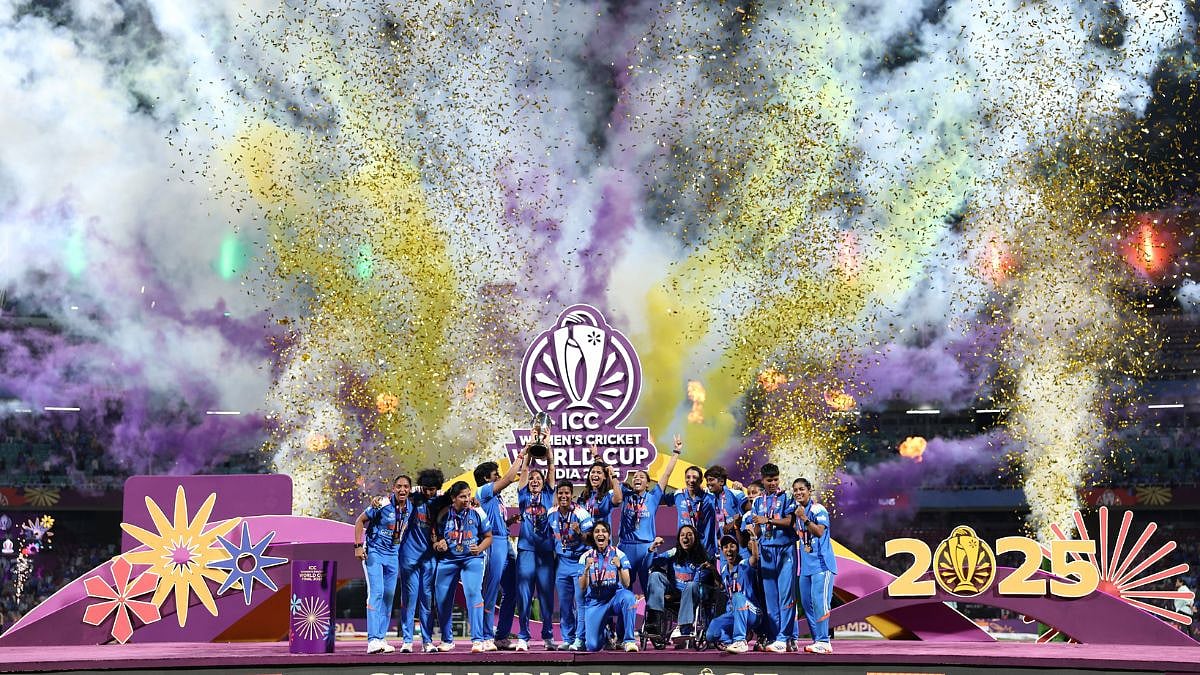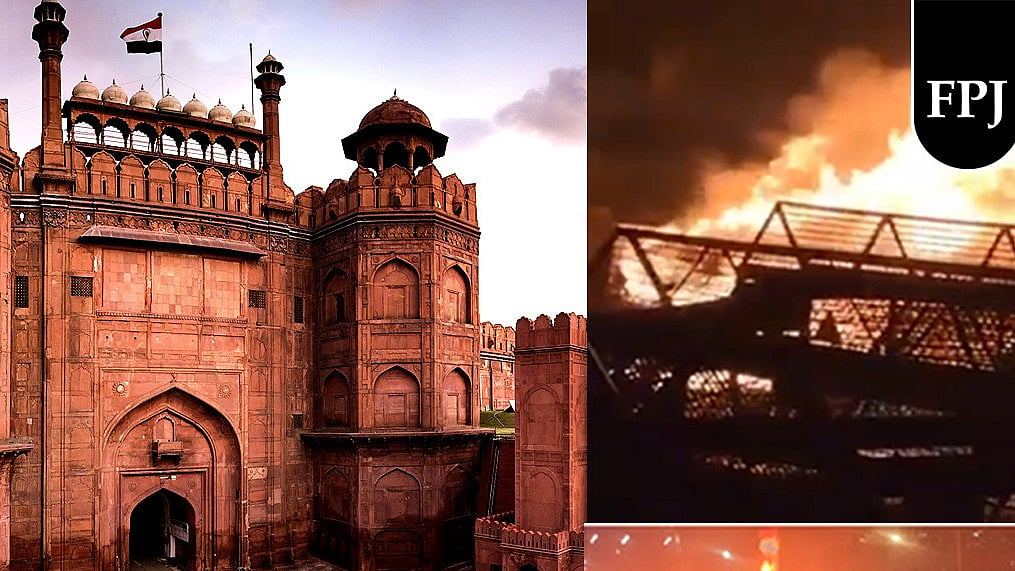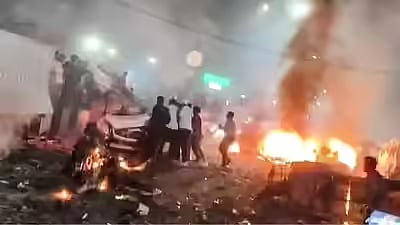There has been considerable headway in the investigation into the “terrorist incident” that rocked the Red Fort area of Delhi three days ago. The National Investigation Agency (NIA) has reportedly identified the driver of the i20 car which exploded, killing 13 people and injuring about 30.
On Wednesday, the Union Cabinet issued a resolution describing it as “a heinous terror incident, perpetrated by anti-national forces”. The reaction mirrors the remarks made earlier by Prime Minister Narendra Modi, who spoke of a “conspiracy” and assured that “the conspirators will not be spared” and that “all those responsible will be brought to justice”.
It was a nuanced statement—carefully avoiding premature labels while refraining from terming it a case of cross-border terrorism. This cautious tone is welcome at a time when the public mood is volatile and the temptation to jump to conclusions is strong.
Yet, what has emerged from the ongoing probe is deeply disturbing. Reports suggest that a white-collar module may have been involved. The alleged role of three medical doctors—professionals trained to save lives—adds an unsettling moral dimension to the tragedy.
Equally worrying are the recoveries of large quantities of explosive material from Faridabad and other locations, though investigators have yet to establish any direct connection to the Red Fort blast. If this linkage is eventually proved, it would point to a far wider conspiracy involving sophisticated planning and logistical support that could not have been executed by amateurs alone.
The presence of educated professionals in such networks is a warning sign that radicalisation is cutting across class and occupational lines. Unfortunately, this vacuum of verified information has been filled by rumours and conjecture.
Social media platforms are awash with unverified claims, speculative videos, and insinuations about the educational institutions with which some suspects were associated. Such reckless reporting not only undermines the integrity of the investigation but also risks stoking communal tensions—the very goal terrorists seek to achieve.
Given the sensitivity of the case, the government must strike a balance between confidentiality and transparency. Periodic, fact-based briefings from the NIA would help counter misinformation. It would also ensure that the media are not left to depend on hearsay or anonymous leaks. There is precedent for this approach.
When former PM Rajiv Gandhi was assassinated at Sriperumbudur, the special investigation team regularly briefed the media without compromising its work. A similar model of communication is needed today. The nation expects every person involved in this heinous act to be brought to justice swiftly and fairly.
At the same time, no law-abiding citizen should feel targeted or anxious. India’s response to terror must be guided not by emotion or prejudice but by evidence, fairness, and the rule of law—that alone will ensure both justice and unity in the face of adversity.
